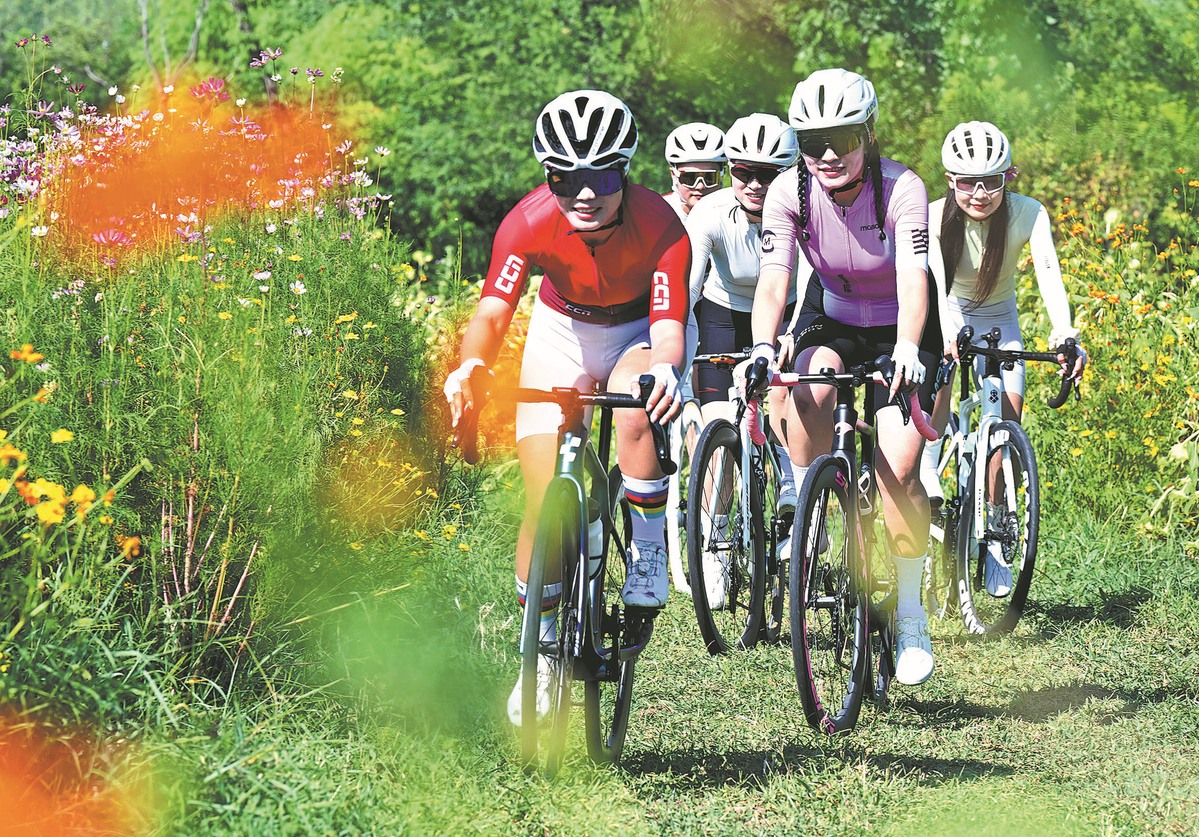From seeds to solar power in Madagascar: A UN Resident Coordinator blog | UN News
Over one million people in drought-stricken southern Madagascar are benefitting from a range of complementary UN development initiatives which are being coordinated in order to have a greater impact as the UN Resident Coordinator in Madagascar Issa Sanogo explains.
In a neighbouring commune, I visited an integrated health centre where UNICEF-trained nurses screened children for malnutrition. The centre provides a full package of high impact nutrition interventions and, with UN Population Fund (UNFPA) and World Health Organization (WHO) support, conducts preventive, therapeutic and advocacy activities on other health issues, benefiting the whole community.
At a near-by school, UNICEF collaborated with the Government and the private sector to install a solar-powered water desalination system to provide potable water to the integrated health centre, the school, and the rest of the community. WFP is active in the same school with its feeding programme which promotes school attendance and performance, both of which are key prevention measures.
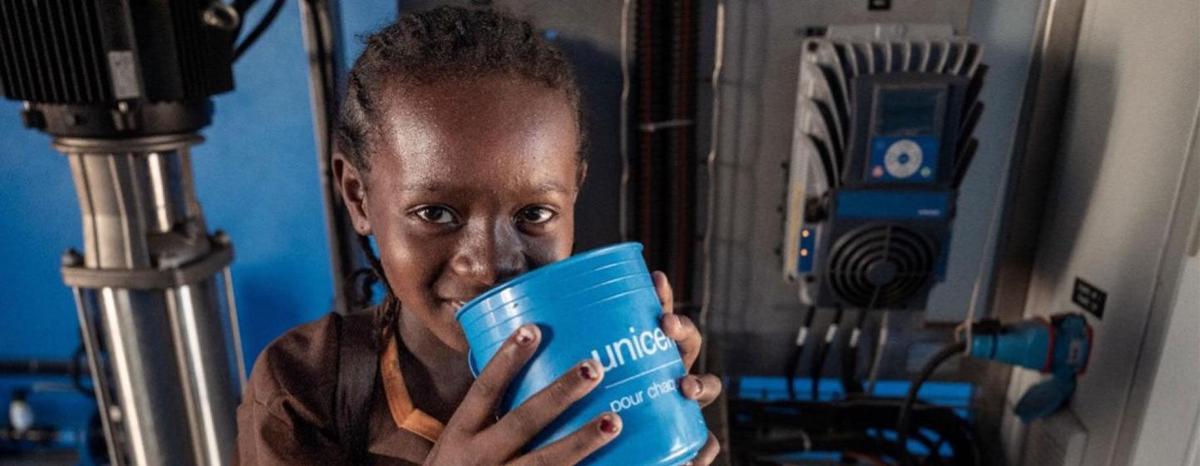
Eating with dignity
In the same commune, two Food and Agriculture Organization (FAO) interventions are helping to increase the food production capacity of vulnerable households through sustainable agriculture practice.
Thanks to these interventions, the farmers associations in the commune received drought-resistant seeds, tools, and training on climate-smart agricultural practices. In addition to this, a solar-powered drop-by-drop irrigation system, developed by FAO, provides year-round access to water, enabling households to grow enough for their own consumption and a surplus to sell in the local market and conserve as seeds.
Some households I met in the commune said that during the height of the crisis, they sometimes only had cactus as a daily meal, but now, thanks to stronger crops they have enough to eat ‘with dignity’ and can even afford two meals a day.
For Madame Nativité, a widow with two children who was severely affected by the drought, the seeds and small amount of cash she received from the programme are helping her get back on her feet and send her children to school.
In the same area, I saw how a UN Development Programme (UNDP) project was adopting simple solutions to stabilize coastal sand dunes and protect crops from dust and sandstorms, known locally as tiomena. By planting three kinds of flora to lessen the impact of the wind and retain soil moisture, this project has helped communities grow cash crops in fields which were once lost to the sand.
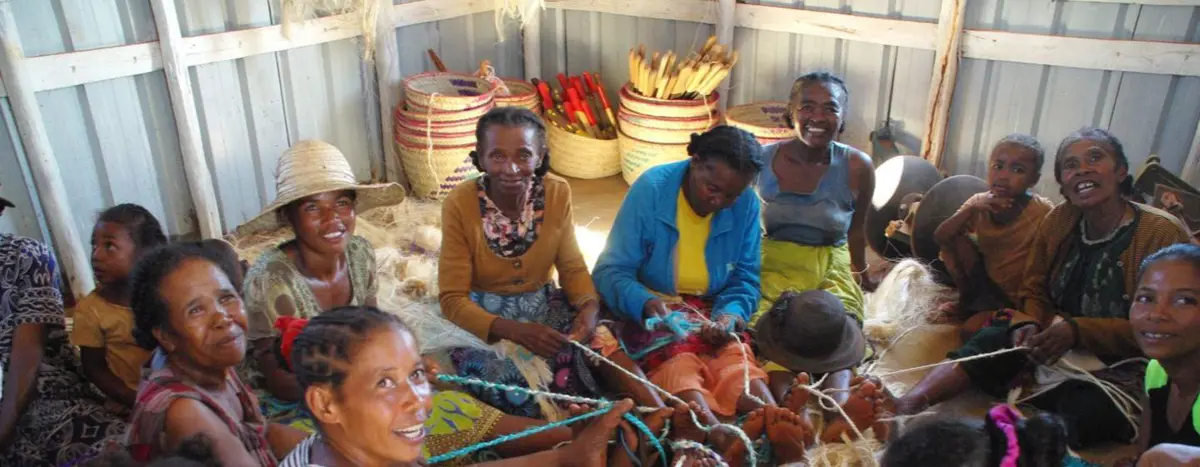
Collaboration in building resilience
Agencies are collaborating in other ways to build economic resilience which leads to better nutrition and food security outcomes. For example, at the integrated development cooperative we visited, UNDP is providing training and equipment to modernize the growing and processing of the plant sisal to produce handicrafts for sale.
At the same site, the International Fund for Agricultural Development (IFAD) and WFP have given cooperative members tools and knowledge to process other plants into non-perishable products, including using manioc to produce flour, making jam from cactus, and organic soap with aloe vera, cactus, or other extracts.
Speaking to one of the members of the association, it was clear that during the dry season in particular, these handicrafts provide families in the region an additional, stable source of income.
With a longer-term development vision in mind, the eco-agriculture supported by IFAD aims to overcome chronic problems linked to drought and climate change through the large-scale adoption of improved adaptation practices.
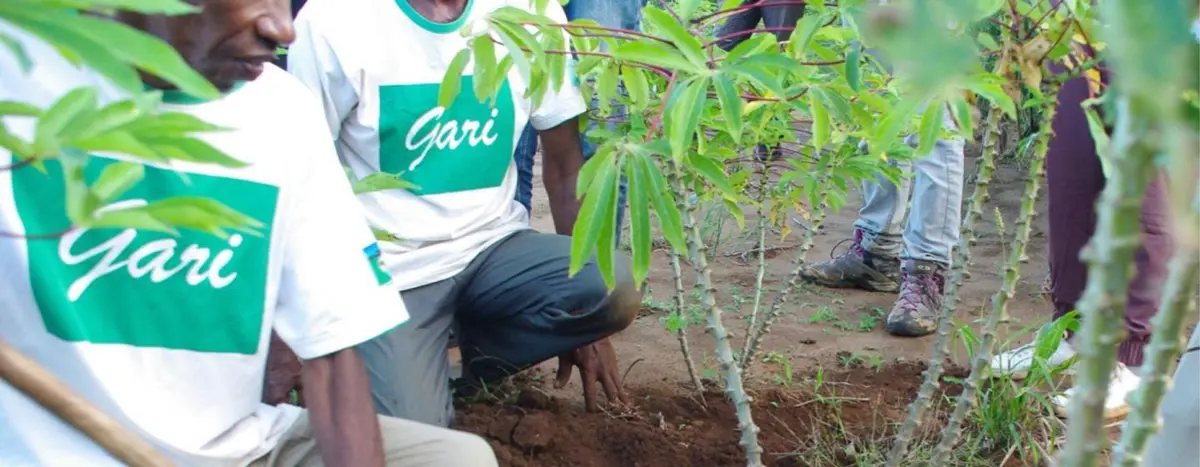
Solar-powered hub
On our last stop, we visited the remote village of Anjamahavelo where WFP established a solar-powered hub, connectivity, and a sustainable water source that was being upgraded by UNICEF.
At this site, UN entities and partners are collaborating to power a drip irrigation system aimed at improving agricultural production as well as providing a range of integrated community services such as a digital classroom and a training centre for women and young people.
The solar hubs have the potential to eventually supply electricity to the community school and other structures as well as provide entrepreneurial opportunities to diversify livelihoods and support communities to withstand future climate shocks.
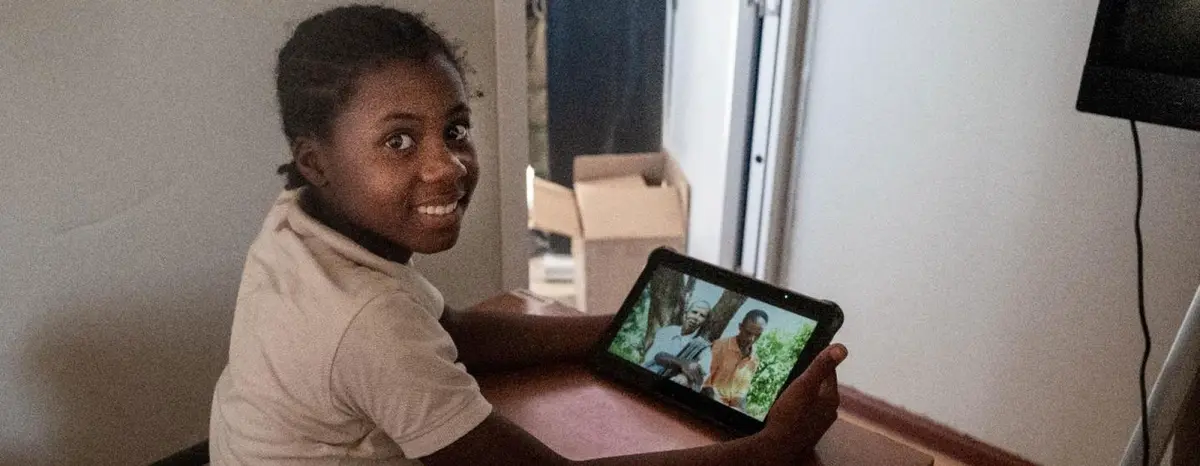
Integrated approach is ‘best response’
There are daunting challenges ahead for communities in southern Madagascar, but I am also convinced that our increasingly integrated approach is our best response to the multidimensional problems of malnutrition and food insecurity.
In isolation, these interventions – ranging from food distribution and the treatment of severe acute malnutrition to the adoption of climate change adaptation agricultural practices and the generation of sustainable energy – would have a positive yet limited impact. But, by working together and building synergies across the UN Country Team, we are delivering more durable results and providing communities across the region the tools they need to rebound and recover with resilience.
UN Resident Coordinator
- The UN Resident Coordinator, sometimes called the RC, is the highest-ranking representative of the UN development system at the country level.
- In this occasional series, UN News is inviting RCs to blog on issues important to the UN and the country where they serve.
- Learn more about the work of the UN in Madagascar here.
- Find out more about the UN Development Coordination Office here.




